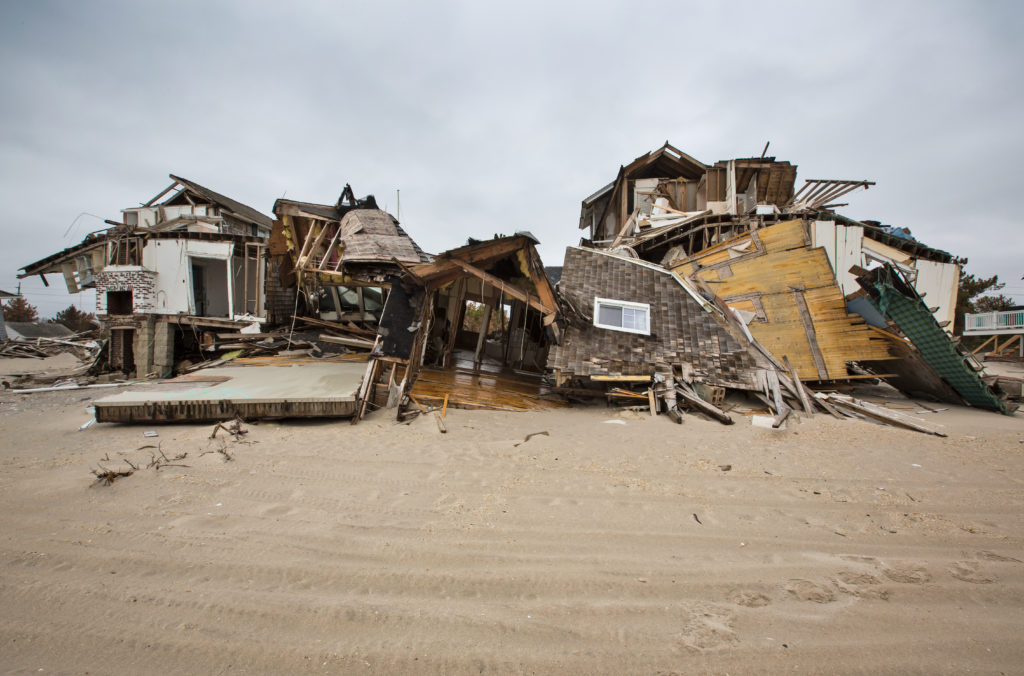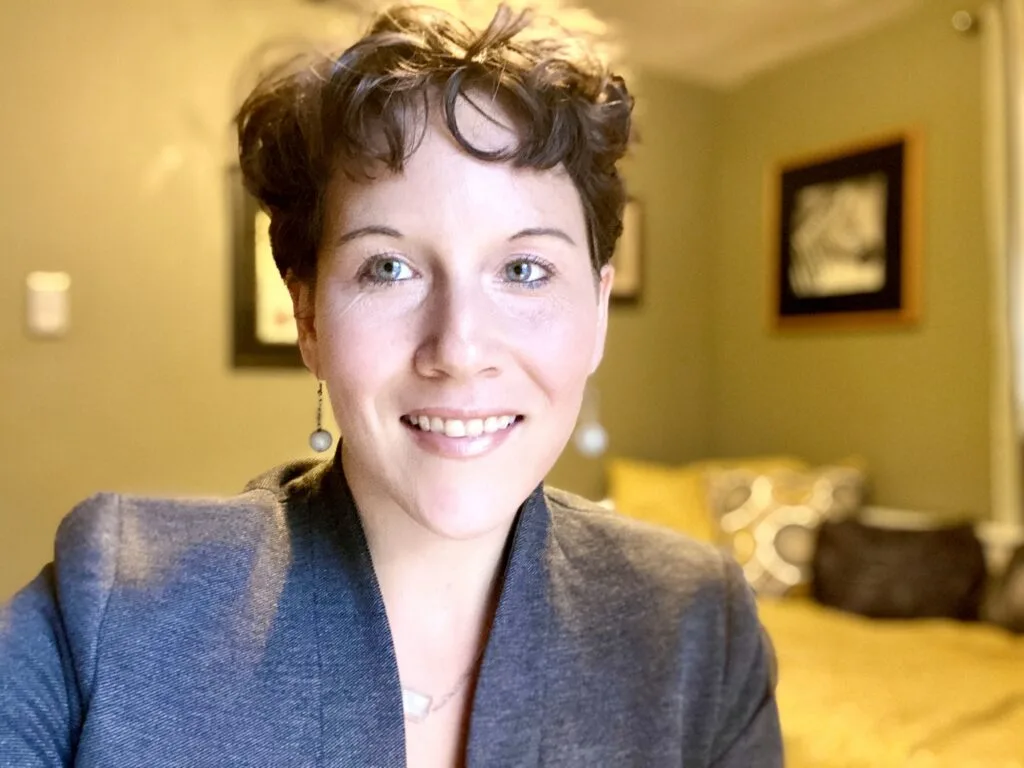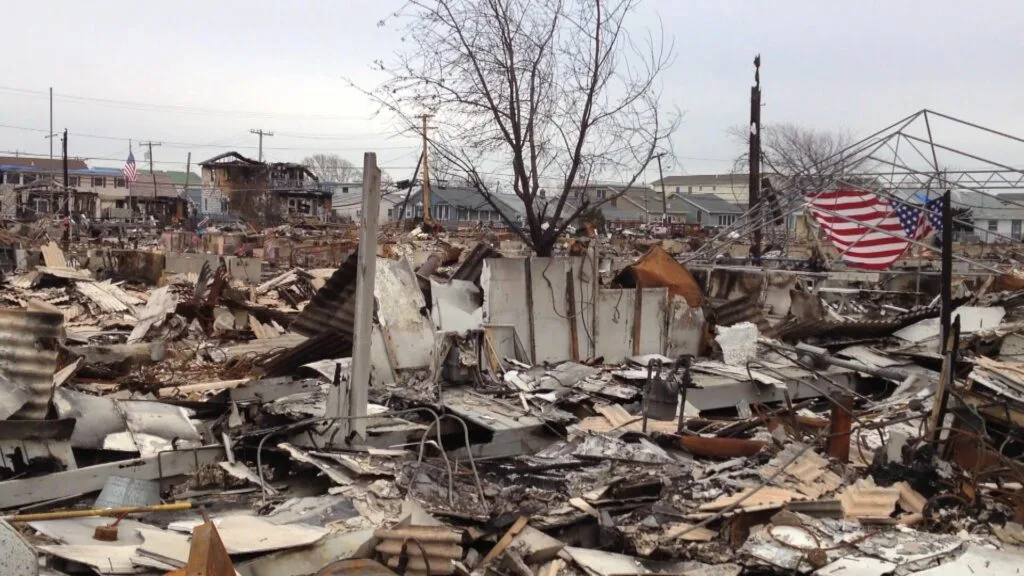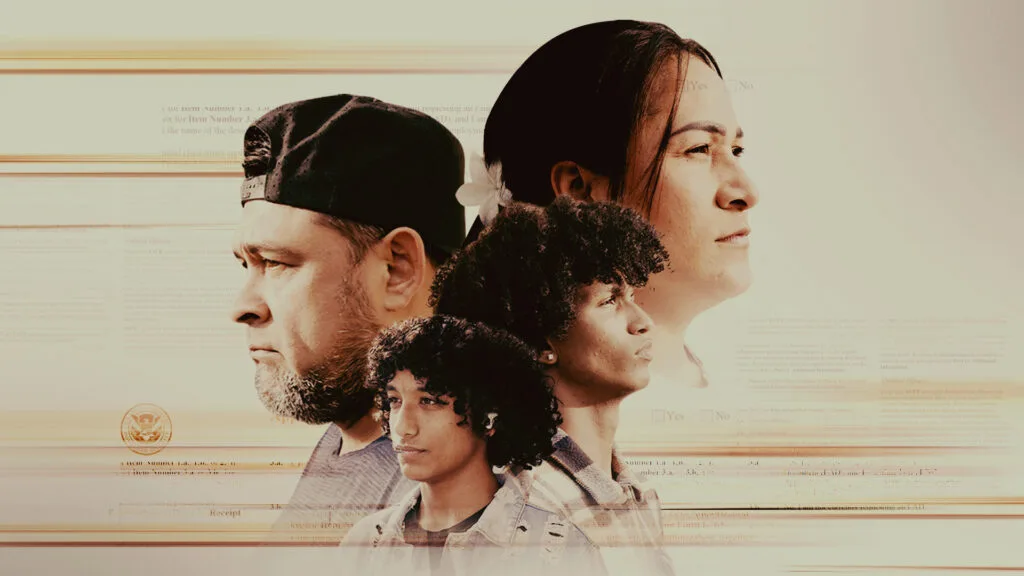Millions More Paid To Superstorm Sandy Victims After Fraud Claims

November 8, 2017
Share
More than two years after allegations of fraud prompted the nation’s flood insurance program to re-open the claims process for thousands of Superstorm Sandy victims, the government says it has awarded more than $240 million in additional compensation to homeowners.
When Superstorm Sandy devastated large swaths of the East Coast in October 2012, homeowners across New York and New Jersey were forced to rebuild. But as rebuilding got underway, thousands said they were underpaid by the private insurance companies that partner with the federal government to administer the National Flood Insurance Program (NFIP).
More than 1,600 homeowners filed suit. The situation grew more serious when their attorneys said they uncovered evidence that engineering reports commissioned by the insurance companies to assess damage had been changed to reduce payments to homeowners.
“I find these engineering reports to be the most maddening,” said Roy Wright, director of the National Flood Insurance Program, in an interview for Business of Disaster, FRONTLINE’s 2016 investigation into the Superstorm Sandy response. “Many of them were done right,” said Wright, “But I’ve seen reports where they took pictures of damage, they described the damage, and when you get to the conclusion on page 32, they said there was no damage. That’s shoddy, sloppy work.”
The lawsuits spurred FEMA, which runs the nation’s flood insurance program, to create the Sandy Claims Review. The process gave more than 144,000 homeowners a chance to refile their claims. About 19,000 came forward with the promise of a 90-day review, but the process continues to drag on.
A year after it was announced, in April 2016, the Sandy Claims Review had paid just 23 percent of those claims for a total payment of $39.9 million, according to FEMA.
The agency says that 89 percent of those claims are now closed, and that more than 14,500 homeowners received an additional $242.1 million in payments.
Of all the claims that have been reviewed so far, about 16 percent received no additional money, according to FEMA. The remaining claims are still pending.
“We’ve taken significant action to overhaul and transform the NFIP to make sure that all policyholders get every dollar they are owed under their flood insurance policies, and to add additional oversight to the program, to ensure that the companies we partner with share our values of putting survivors first,” said Wright in a statement to FRONTLINE.
The Sandy Claims Review process initially faced criticism from outside lawyers and adjusters for delays and its payment levels. But, said independent adjuster David Charles, who helped Sandy homeowners through the claims review process, “Near the end of the review process they finally adopted the best practices used by all other companies. Every step before that was a misstep that cost the government money. The promise of 90 days took two years.”
FEMA has also made additional changes in how it runs the NFIP and is implementing those practices with flood insurance claims now under review from this year’s major hurricanes – Harvey, Irma and Maria. So far, FEMA has received 90,200 flood claims for Harvey and about 30,800 from Irma. The agency says it has developed a more consumer focused training for adjusters; is running a quality check on at least one claim from every adjuster in the response to Harvey and Irma; and has revised the appeals process to provide “greater transparency, access and accountability.”
How well those changes will play out remains to be seen, said Charles, since claims are only just starting to be paid out.
“We won’t really know until we see how Houston goes,” he said. “That’s when we’ll really know if they’ve changed.”

Related Documentaries
Latest Documentaries
Related Stories
Related Stories
Policies
Teacher Center
Funding for FRONTLINE is provided through the support of PBS viewers and by the Corporation for Public Broadcasting. Additional funding is provided by the Abrams Foundation; Park Foundation; the John D. and Catherine T. MacArthur Foundation; and the FRONTLINE Journalism Fund with major support from Jon and Jo Ann Hagler on behalf of the Jon L. Hagler Foundation, and additional support from Koo and Patricia Yuen. FRONTLINE is a registered trademark of WGBH Educational Foundation. Web Site Copyright ©1995-2025 WGBH Educational Foundation. PBS is a 501(c)(3) not-for-profit organization.



















